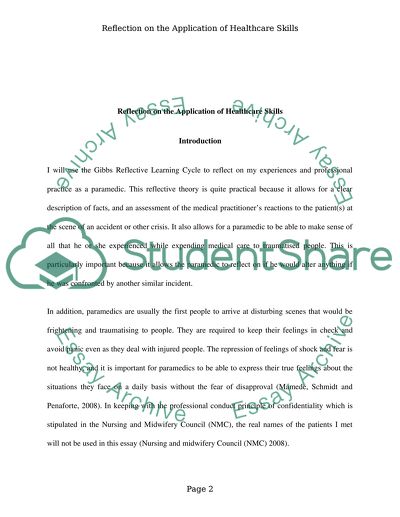Cite this document
(“Paramedic Paper: Critically reflect upon your application of health Essay”, n.d.)
Retrieved from https://studentshare.org/health-sciences-medicine/1480437-paramedic-paper-critically-reflect-upon-your
Retrieved from https://studentshare.org/health-sciences-medicine/1480437-paramedic-paper-critically-reflect-upon-your
(Paramedic Paper: Critically Reflect Upon Your Application of Health Essay)
https://studentshare.org/health-sciences-medicine/1480437-paramedic-paper-critically-reflect-upon-your.
https://studentshare.org/health-sciences-medicine/1480437-paramedic-paper-critically-reflect-upon-your.
“Paramedic Paper: Critically Reflect Upon Your Application of Health Essay”, n.d. https://studentshare.org/health-sciences-medicine/1480437-paramedic-paper-critically-reflect-upon-your.


